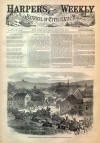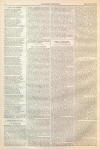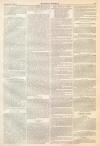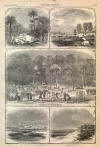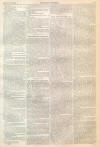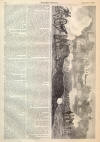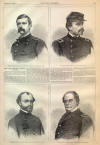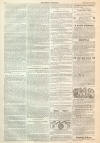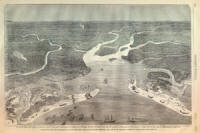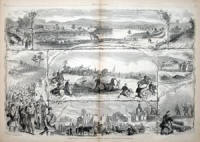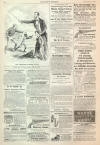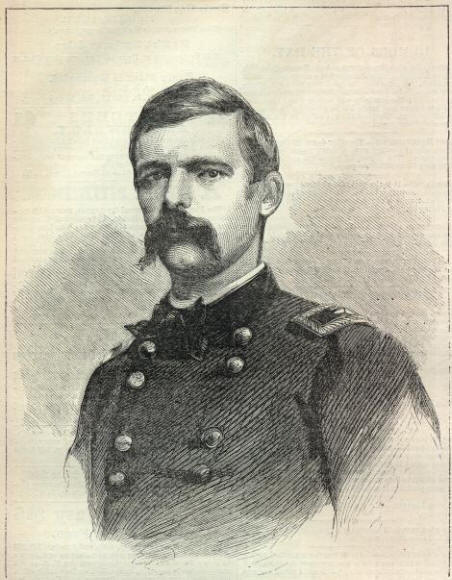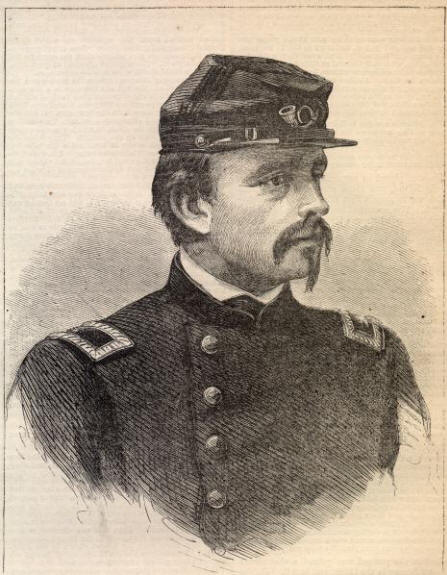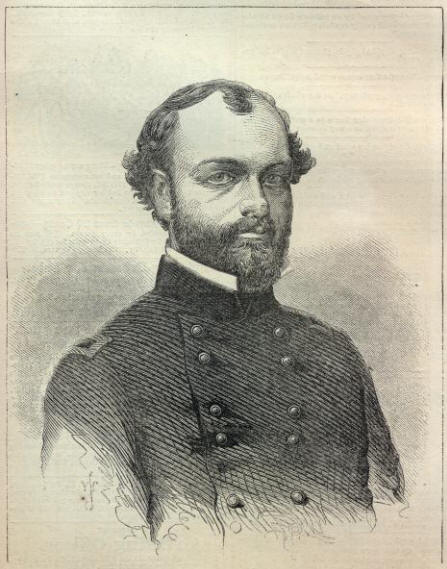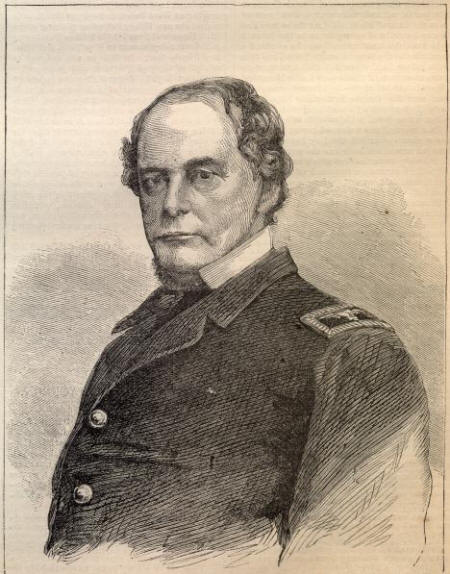|
This Site:
Civil War
Civil War Overview
Civil War 1861
Civil War 1862
Civil War 1863
Civil War 1864
Civil War 1865
Civil War Battles
Confederate Generals
Union Generals
Confederate History
Robert E. Lee
Civil War Medicine
Lincoln Assassination
Slavery
Site Search
Civil War Links
Civil War Art
Mexican War
Republic of Texas
Indians
Winslow Homer
Thomas Nast
Mathew Brady
Western Art
Civil War Gifts
Robert E. Lee Portrait
|
THE LATE BRIGADIER-GENERAL GEORGE C.
STRONG.—[PHOTOGRAPHED BY BRADY.]
THE LATE COLONEL ROBERT G. SHAW.—[SEE
NEXT PAGE.]
THE
LATE GENERAL GEORGE
C. STRONG.
WE publish on this page a
portrait—from a photograph by Brady—of the late GENERAL STRONG, who died in this
city on 30th ult., from the results of a wound received in the recent attack on
Fort Wagner.
George C. Strong was born at
Stockbridge, Massachusetts, in 1836, entered West Point in 1853, and graduated
in 1857. He entered the Ordnance Department, and on the outbreak of the
rebellion was in command of the Watervliet Arsenal. He applied for active
employment, was placed on the
staff of General McDowell, and
served in that capacity at the battle of Bull Run. served for a short time on
the staff of
General McClellan, but was soon transferred to
General Butler, and proceeded to organize the
Butler expedition. He was stationed for some time in Boston and vicinity, and
sailed for the Gulf, arriving at Ship Island March 24, 1862. When New Orleans
was taken he removed his office to that city, and transacted the business of the
Department of the Gulf. The labor and exertion attendant upon his position
nearly cost him his life, which for some time was despaired of, but a compulsory
visit to the North restored him to health. As chief of General Butler's
staff he conducted several
expeditions to Biloxi and up the Mississippi, and thus betrayed a character for
gallantry that only wanted the opportunity to develop itself.
He returned to the North with
General Butler, and after a brief period of inactivity was, at the request of
General Gilmore, placed in command of a brigade in the Department of the South.
He had previously been appointed Brigadier-General, on the recommendation of
General Butler. The following, from the Herald correspondence, will show how he
commenced his work:
During the early part of the army
movements under General Gilmore to General Strong's brigade was awarded
the post of honor, as may be
gathered from the following extract from general orders:
SPECIAL ORDERS—No. 9.
July 9, 1863.
The attack on Morris Island will
take place tomorrow morning at break of day, by opening our batteries at the
north end of Folly Island. General Strong's brigade will embark to-night, and
hold itself in Folly Island Creek ready to move forward, and at the proper time
occupy the south end of Morris Island.
The brigade landed in due order,
and, with General Strong and staff at their head, the advance kept on long after
they got under the rebel fire. The General, who had fallen into the water, after
he got his ducking pulled off his riding-boots to pour out the water, and was
too eager to get on to stop and put them on; so he headed the charge with only
stockings on, and in that state led the troops
GENERAL QUINCY A. GILMORE.—PHOTOGRAPHED BY
HAAS.—[SEE NEXT PAGE.]
CAPTAIN JOHN RODGERS, OF THE "WEEHAWKEN."—[SEE
PAGE 519.]
|
